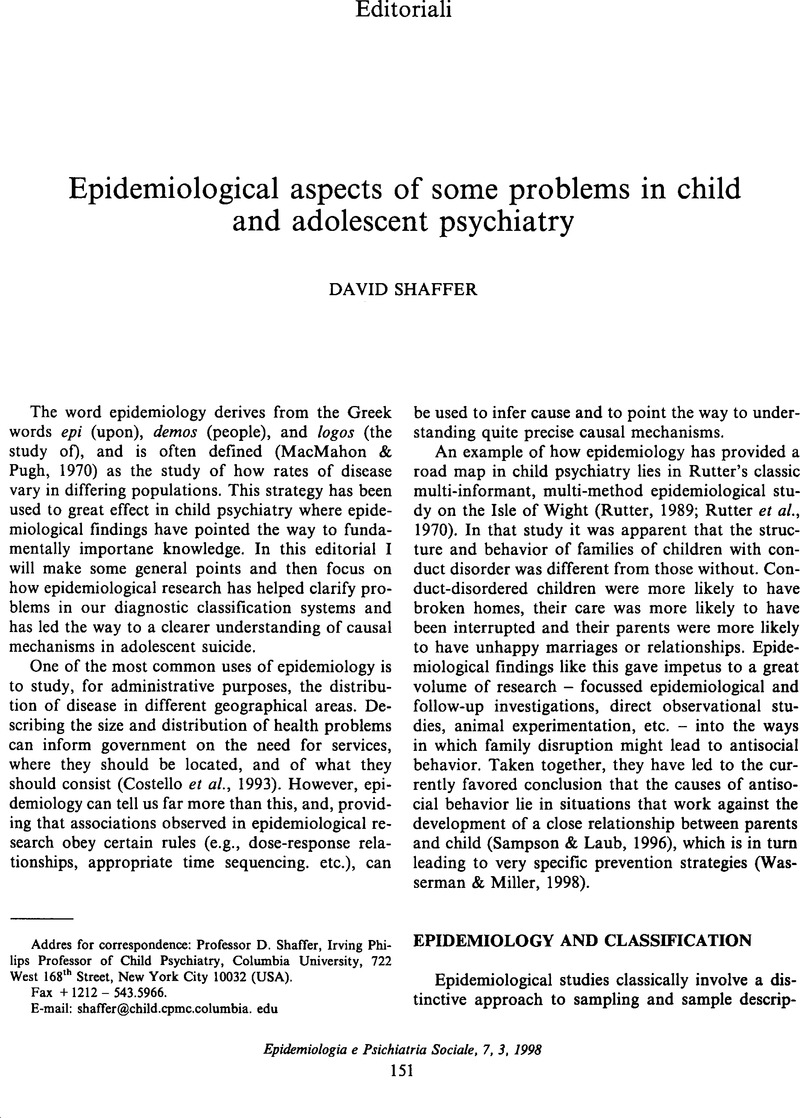Crossref Citations
This article has been cited by the following publications. This list is generated based on data provided by Crossref.
Zalsman, Gil
Levy, Tomer
and
Shoval, Gal
2008.
Interaction of Child and Family Psychopathology Leading to Suicidal Behavior.
Psychiatric Clinics of North America,
Vol. 31,
Issue. 2,
p.
237.
Shoval, G.
Mansbach-Kleinfeld, I.
Farbstein, I.
Kanaaneh, R.
Lubin, G.
Apter, A.
Weizman, A.
and
Zalsman, G.
2013.
Self versus maternal reports of emotional and behavioral difficulties in suicidal and non-suicidal adolescents: An Israeli nationwide survey.
European Psychiatry,
Vol. 28,
Issue. 4,
p.
235.
Zalsman, Gil
Shoval, Gal
Mansbach-Kleinfeld, Ivonne
Farbstein, Ilana
Kanaaneh, Rasim
Lubin, Gad
and
Apter, Alan
2016.
Maternal versus adolescent reports of suicidal behaviors: a nationwide survey in Israel.
European Child & Adolescent Psychiatry,
Vol. 25,
Issue. 12,
p.
1349.



